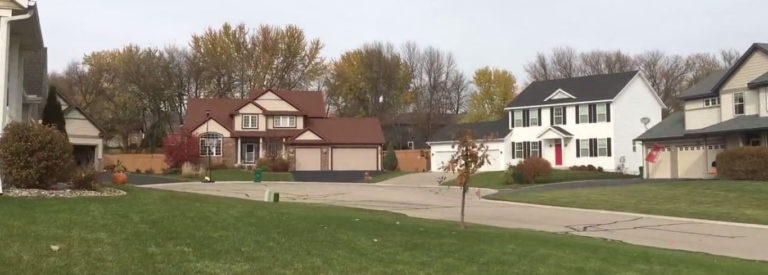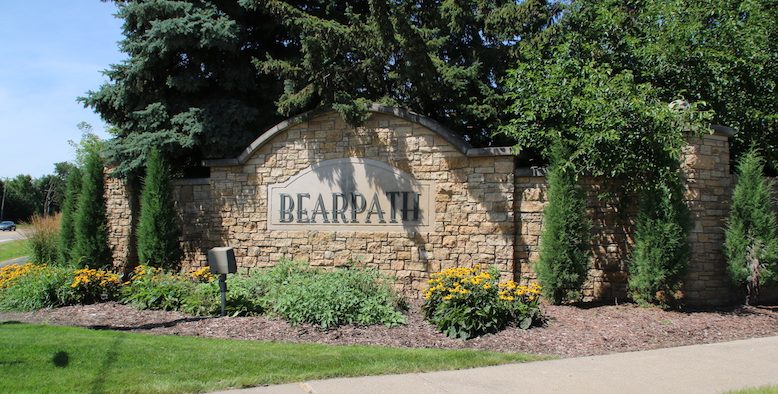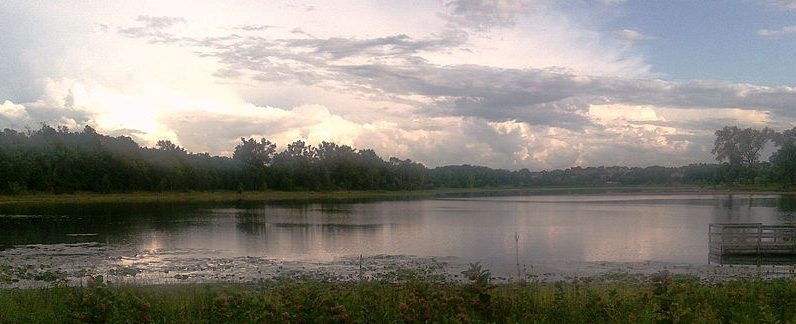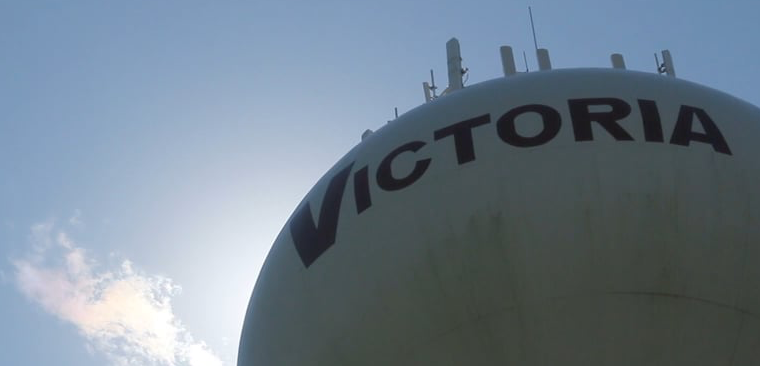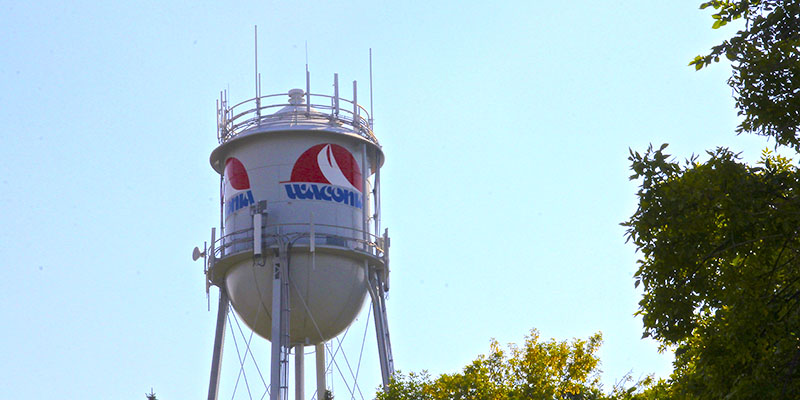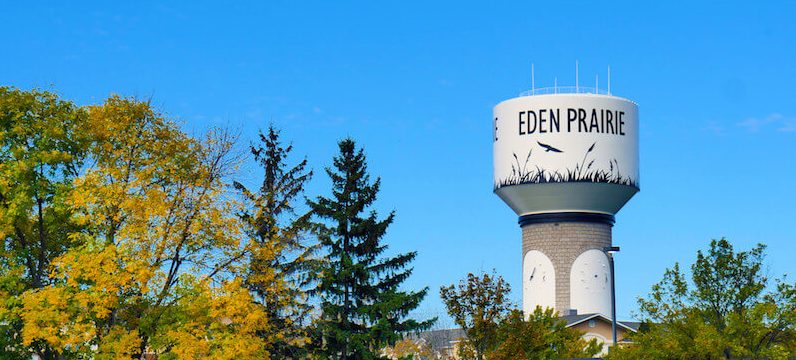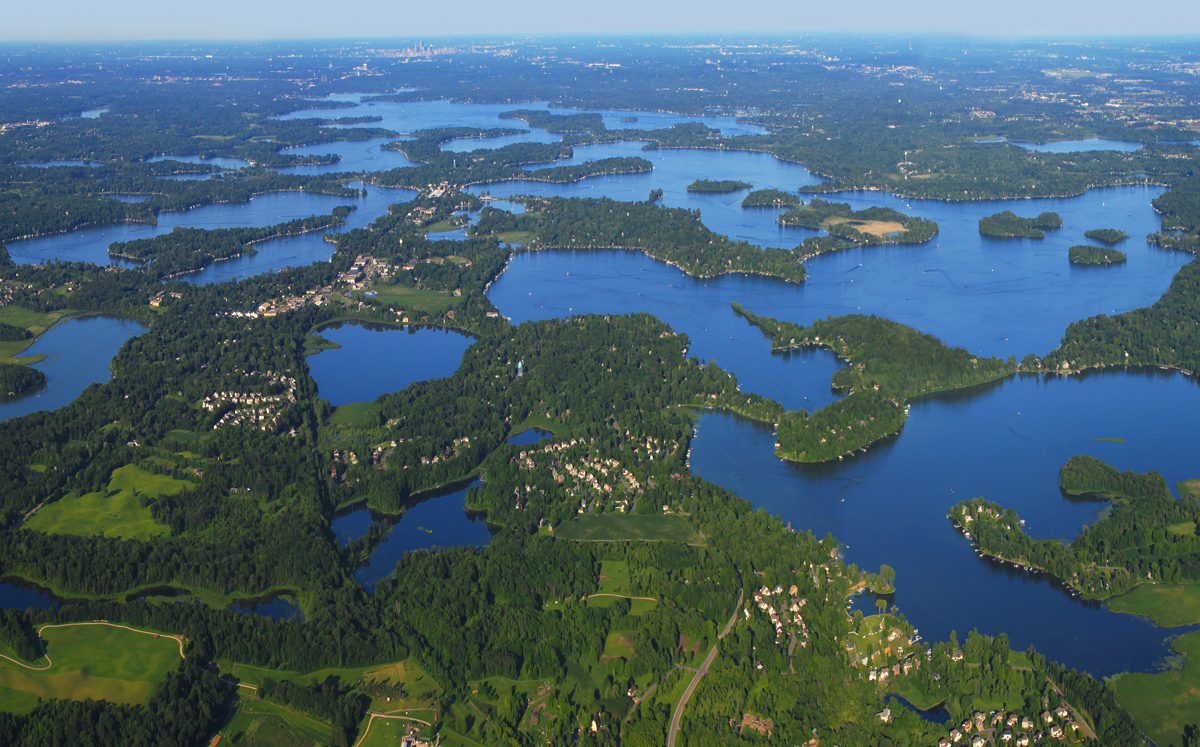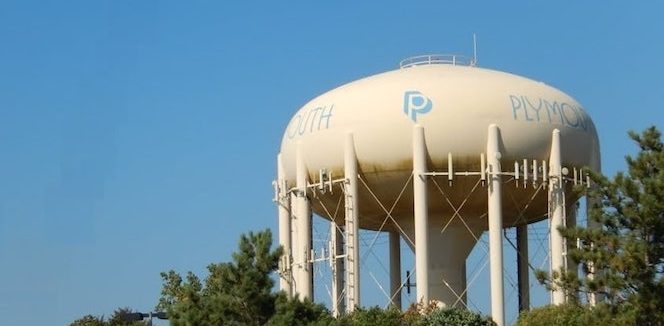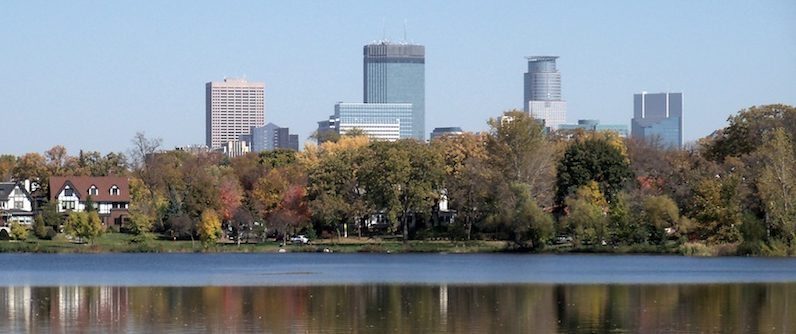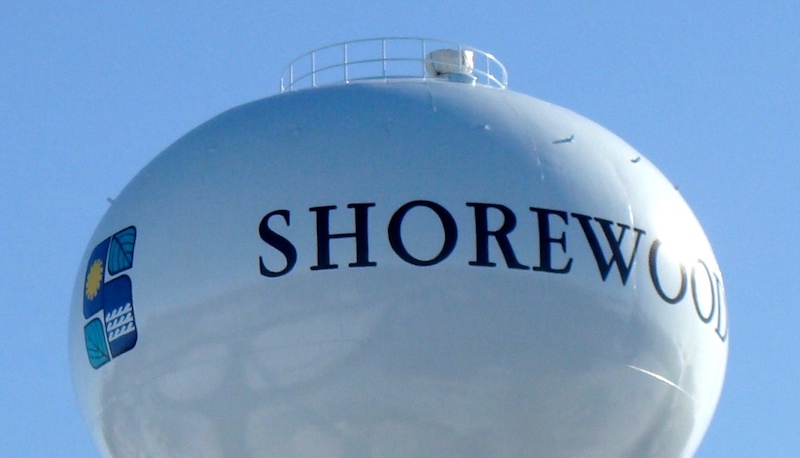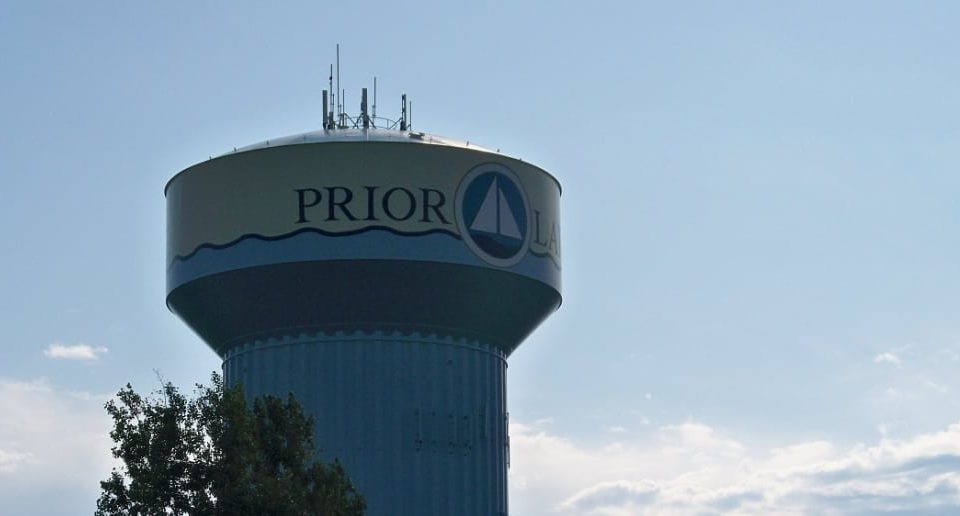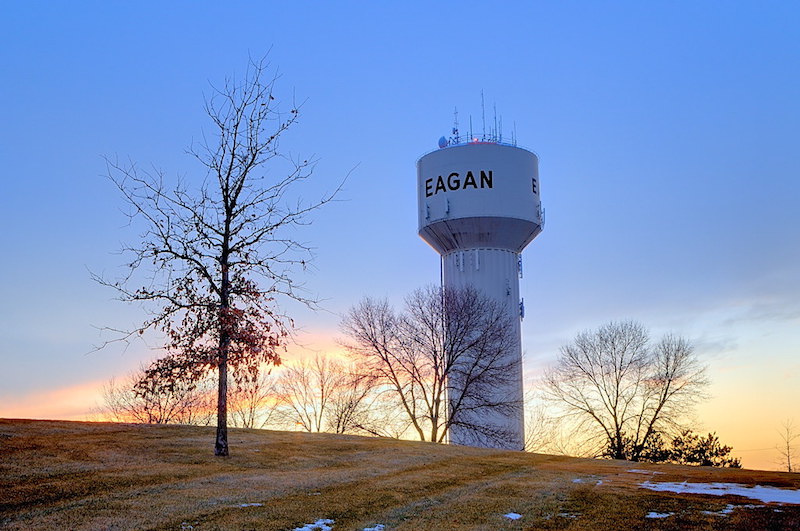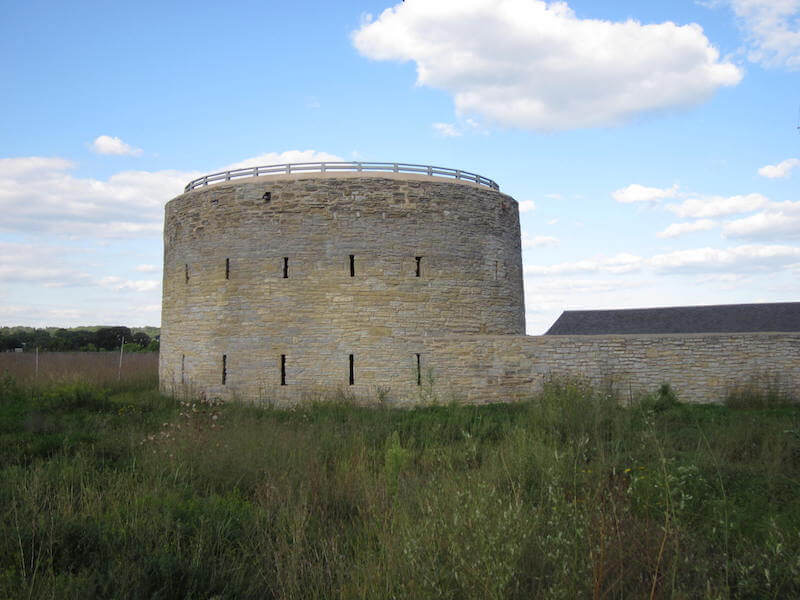Posted by Realtor David Olson 952.314.9446
City of Minneapolis: A Brief History
Overview of History
of Minneapolis
Minneapolis is the largest city by population in the state of Minnesota, and the county seat for Hennepin County. The beginning and development of the city was due to the nearby vicinity of Fort Snelling, the first major United States military presence in the area, and by its position near Saint Anthony Falls and the Mississippi River, which delivered a power source for sawmills and flour mills.
Fort Snelling, initially known as Fort Saint Anthony, was first founded in 1819, at the convergence of the Mississippi and Minnesota rivers, and was established in order to promote American governance over the fur-trading industry on the rivers. As the whiskey trade started to prosper, the military officers in Fort Snelling made an effort to forbid it. An 1837 treaty with the natives secured the area for white settlement. Saint Anthony, on the east side, and Minneapolis, on the west side. The two towns later combined into one city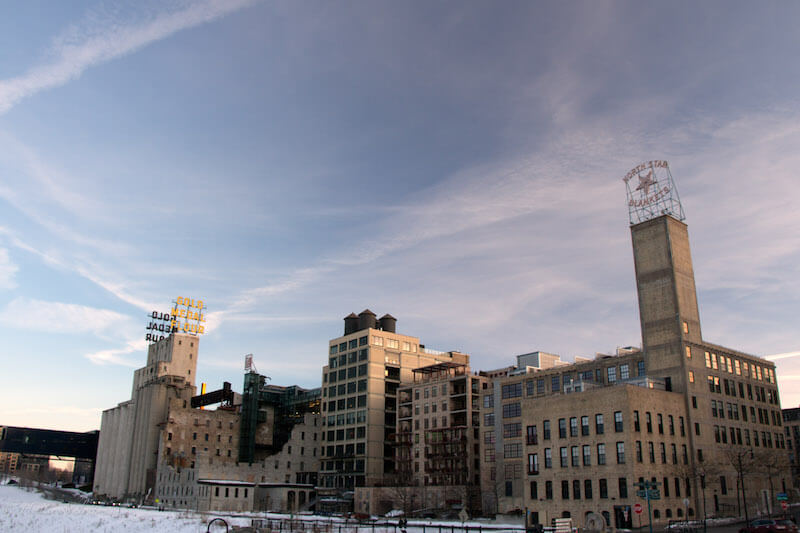 in 1872. Early development focused on sawmills, but flour mills ultimately became the leading industry. By 1905 Minneapolis delivered almost 10% of the country’s flour and grist. This industrial expansion powered the growth of railroads and roads. Through revolutions in milling practices, Minneapolis became a world-leading focus of flour production, receiving the name “Mill City”. As the city flourished, the community developed through its churches, arts institutions, the University of Minnesota, and a famous parkland.
in 1872. Early development focused on sawmills, but flour mills ultimately became the leading industry. By 1905 Minneapolis delivered almost 10% of the country’s flour and grist. This industrial expansion powered the growth of railroads and roads. Through revolutions in milling practices, Minneapolis became a world-leading focus of flour production, receiving the name “Mill City”. As the city flourished, the community developed through its churches, arts institutions, the University of Minnesota, and a famous parkland.
Although the sawmills and the flour mills have been gone for quite some time, Minneapolis is still a regional hub for banking and business. The two largest milling companies, General Mills and the Pillsbury Company, now combine under the General Mills name.
The Dakota Sioux were the areas only residents until explorers entered from France in about 1680. Conditions pushed the Mdewakanton band of the Dakota to sell their land, allowing people arriving from the east to settle there. The Minnesota Territorial Legislature sanctioned present-day Minneapolis as a town on the Mississippi’s west bank in 1856, then became official as a city in 1867.
During the 1950’s and 1960’s, the city demolished about two hundred buildings across twenty-five city blocks, destroying the Gateway District and many buildings that would be replaced with more modern ones.
In Minneapolis, you will see the vibrant recreational and cultural aspects of a booming metropolis. Glittering skyscrapers with a network of Skyways throughout downtown Minneapolis. Lake Calhoun, Lake Harriet, and Lake of the Isles provide a beautiful background for nice relaxing walks anytime of the year.
a booming metropolis. Glittering skyscrapers with a network of Skyways throughout downtown Minneapolis. Lake Calhoun, Lake Harriet, and Lake of the Isles provide a beautiful background for nice relaxing walks anytime of the year.
If you have any questions regarding the city of Minneapolis, Minnesota, it’s parks, schools, history, or amenities OR if you would like to sell or buy a house in the Minneapolis area, please feel free to visit www.DavidOlsonRealEstate.com or text/call Realtor David Olson @ 952.314.9446 or email: David@tc-pf.com.
Calhoun Isles: Schools & District 1
Welcome to the “Morningside” Neighborhood in Northeast Edina
Related City Articles
